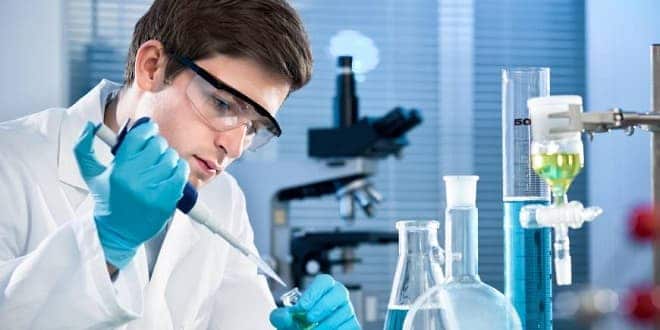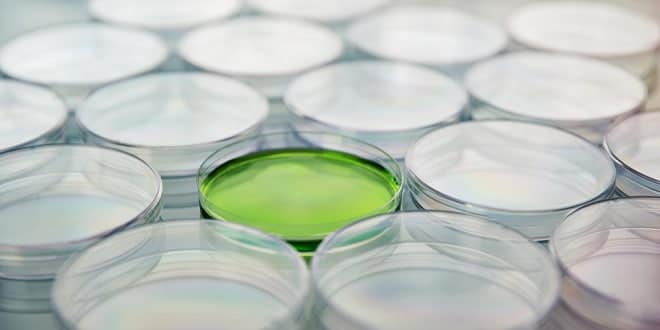Selective, Differential and Enriched Media
-
Selective media: used to select (isolate) specific groups of bacteria;
-
chemical substances in the media inhibit the growth of one type of bacteria while permitting growth of another (MSA, EMB, MacConkey)
-
Differential media: distinguishes among morphologically and biochemically related groups of organisms;
-
chemical compounds (following inoculation and incubation) produce a characteristic change in the appearance of bacterial growth and/or the medium surrounding the colonies (MSA, EMB, MacConkey)
-
Enriched media: supplemented with highly nutritious materials, such as blood, serum, or yeast extracts, for the cultivation of fastidious organisms
-
Mannitol Salt Agar
(MSA)
-
Mannitol salt agar is both selective and differential
-
Selective: It favors organisms capable of tolerating high salt concentrations
(7.5 % NaCl)
-
Differential: It distinguishes bacteria based on their ability to ferment mannitol
-
Differentiates Staphylococcus species, by mannitol fermentation
-
(S. aureus ferments, S. epidermidis does not)
-
Phenol red is the pH indicator
Neutral – Basic pH
red at 7.4 to 8.4
Acidic pH
yellow below 6.8
-
RESULTS:
-
Positive Results:
The development of “yellow halos” around the bacterial growth means mannitol has been fermented and acid end products have been produced (S. aureus)
-
Negative Results:
No color change in the medium is a negative result (S. epidermidis)
-
No growth on the medium indicates a Gram- organism (E. coli)
-
PROCEDURE:
On an MSA Plate:
-
Eosin methylene blue agar is a selective and differential medium
-
Selective: EMB contains the dyes methylene blue and eosin which inhibit Gram + bacteria, thus favoring growth of Gram –
-
Differential: EMB contains lactose, thus allowing for the distinction between lactose fermenters and nonferments
-
Large amounts of acid from lactose fermentation cause the dyes to precipitate on the colony surface, producing a black center or a “green metallic sheen” (E. coli)
-
Smaller amounts of acid production result in pink coloration of the growth (E. aerogenes)
-
Nonfermenting enterics do not produce acid so their colonies remain colorless or take on the color of the media (P. vulgaris)
-
No growth indicates a Gram + organism (S.aureus)
-
PROCEDURE:
On an EMB Plate:
-
MacConkey Agar
(MAC)
-
A selective and differential medium used to isolate members of the Enterobacteriaceae
-
Contains nutrients, including lactose, as well as bile salts, neutral red and crystal violet
-
Bile salts and crystal violet inhibit growth of G+ organisms (selective)
-
Neutral red is a pH indicator that is colorless, but yellow above pH 8 and red at pH less than 6.8
(differential)
-
Acid accumulating from lactose fermentation turns the colorless neutral red to a red color—therefore coliforms produce a red “halo” on the medium (E.coli, E.aerogenes)
-
Lactose nonfermenters will grow, but don’t produce acid. Therefore, the neutral red remains colorless (P. vulgaris)
-
No growth indicates a
Gram + organism
(S.aureus)
-
PROCEDURE:
-
On a MacConkey Agar Plate:
…



